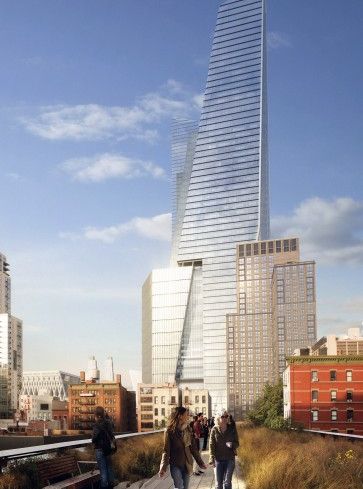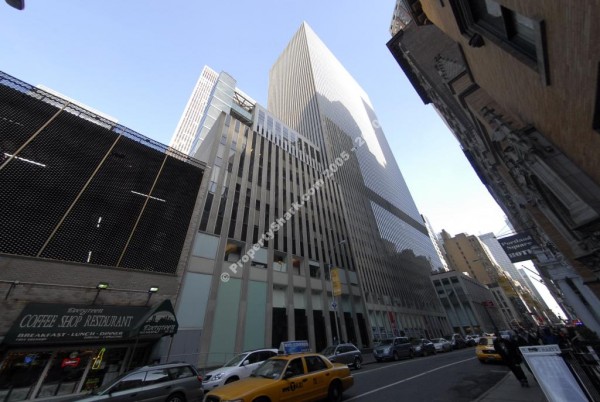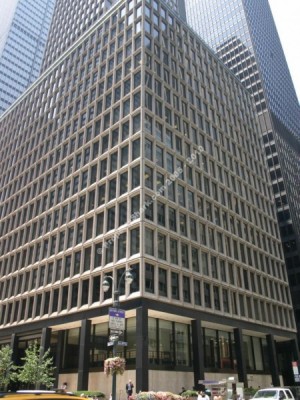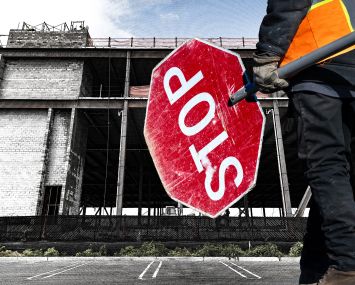The Biggest Building Sales of 2011
By The Editors December 15, 2011 2:00 pm
reprints




All told, the commercial building sales that actually saw daylight this year transformed the city. And those that didn’t, well, they made a mark, too. From Google to Coach on the upside, and Beacon Properties on the downside, the biggest buys and near misses of 2011 left a mark that, subsequently, will leave a bruise. Going forward, the five buildings that thoroughly represented the investment sales temperature on the isle of Manhattan, for better and for worse.
Just as Conde Nast’s lease at One World Trade Center lifted Lower Manhattan's image, Google’s $1.9 billion acquisition in January of its Chelsea office building at 111 8th Avenue helped reposition the city as an east coast beachhead for the tech industry. Although New York's designation as a rival to Silicon Valley has been building for years, nothing could have solidified its place in that sector like a firm as big and influential as Google. And unsurprisingly, in the ensuing months, tech tenants like Facebook and Foursquare followed.
When Related Comapanies’ chief executive Steven Ross proclaimed last year that he would secure three million square feet of leasing commitments for the West Side rail yards, more than a few eyebrows rose. During a time when concerns about the economy clouded the outlook for new development in the city, Mr. Ross' prediction didn’t hit that mark. Nonetheless, he did score big with Coach, which signed a letter of intent to anchor a new two-million-square-foot office tower slated to be built by Related next year. Of course, the transaction isn't a done deal yet, yet if all goes well it could provide momentum to what might be the city’s next great neighborhoods.
Commercial real estate values in Manhattan have come bounding back from the depths hit during the recession. But as hungry as investors are, 1211 Avenue of the Americas revealed lingering kinks in the market. Owner Beacon Properties put the nearly two-million-square-foot Sixth Avenue tower on the block with an aim at reaping up to $2 billion on the skyscraper. Buyers showed up, but according to reports they were only willing to pony up between $1.5 and $1.7 billion. Chalk the episode up to a still struggling CMBS market and a lending climate that continues to frown upon mega-sized deals. Still, such obstacles provided a glimpse onto the gap that remains between the frothy pre-recession days of yesteryear and right now.
Two of the city’s heavyweight landlords, SL Green and Vornado, partnered for the first time ever to muscle a takeover of the 1.2-million-square-foot building at 280 Park Avenue. The two REITs bought $400 million in debt on the asset, pooled investments and leveraged a deal to recapitalize the property and pump cash in to leasing up vacant space. The window to snatch distressed assets in the city waned during 2011, but the pair’s deal hammered home one of the lessons of the downturn: that with patience and deft financial maneuvering, investors with deep financial resources end up on top.
It wasn’t as big as Google’s acquisition of 111 Eighth Avenue, but RXR’s $900 million purchase of the Starrett Lehigh Building was in some ways an even bigger statement about Manhattan’s Far West Side. While 111 Eighth Avenue is packed with fiber cable lines and other resources that made the building an ideal fit for a company like Google, Starrett Lehigh, according to most brokers, lacks any kind of comparable infrastructure. The office building is a blank canvas that RXR is free to fashion according to its astute vision. But, in the end, the building’s fortunes will rise or fall by how quickly the neighborhood, including the nearby rail yards, transforms into a popular commercial district. By shelling out $900 million on the deal, RXR is placing a big bet on the area’s future.


